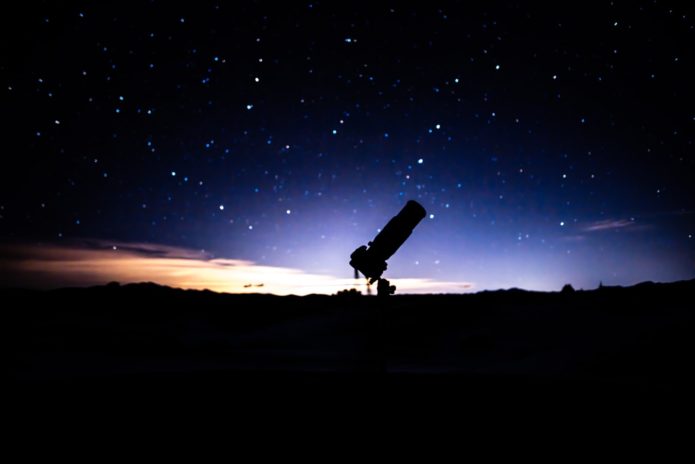Some people tend to chase the unknown trying to understand how the universe was created. Since the dawn of humanity, we have been in continuous pursuit of knowledge, especially about what exists in space. The galaxies, planets, and stars are unreachable, but we can observe them using advanced visual aids such as telescopes. There is a strange sense of satisfaction and belonging we get from witnessing different phenomena in the sky. If you are fond of constellations, shooting stars, and meteor showers, getting a telescope can benefit you enormously. It is an optical instrument that has been modified over the years to allow us to observe further away bodies.
There are multiple aspects to consider if you want to put your money in something that will last longer and give you a better view of the night sky.
Aperture
It is essential to know the capacity of the light-collecting region in the telescope. So, you need to choose the size of the aperture, for instance, larger ones gather more light so you get to see fainter objects and make the details clearer. However, it depends on where you live; if you live in a bright city, then a wider scope is better. But if your home is in the countryside, a small aperture will give you a good image. Regardless of the number of lights in the street, a large aperture is still better.
Magnification
If you’re still an amateur, you may get confused by the concept of magnification. In your imagination, you think that the higher the magnification, the more you are going to see. However, it doesn’t work that way and if your light-collecting lens in the telescope is small, then increasing the magnification won’t make the image better. You need to think of it as if you are taking a photo using your phone when you keep zooming in, the image gets more pixelated and you end up having a poor-quality image with distorted details. Furthermore, you may change the eyepiece if you don’t like the results and think that your telescope is ready for capturing further away bodies.
Types of Telescopes
When you decide to delve into the field of astronomy and search for telescopes, you will find that there are various types. You may have been saving up for it and you don’t want to get a telescope that you won’t know how to use. That’s when this useful guide comes in handy and introduces you to the one that best suits you. They all share the same basic concept, which is the collection of light to view distant objects. However, each one of them consists of different parts that allow you to view delightful celestial bodies.
Refracting Telescope
One of the most common telescopes is refractors. They use two convex lenses to focus the light, so the image produced appears smaller. You have to keep in mind that what you are viewing is bigger than what you saw. Unfortunately, it is a mirror image so you will need to add an erecting prism to adjust the refracted photo. Even though it is not the fanciest type, it is optimum for beginners who are into planetary and lunar stargazing. It is easy to operate, and it stays in the same condition for a long time without the need for regular maintenance. But you need to keep in mind that you won’t be able to have a clear view of the other galaxies.
Reflecting Telescope
If you want to take a peek at the remote nebulae, this one’s for you. Reflectors use concave mirrors instead of lenses to reflect images. They have large apertures so this may puzzle you a little with the number of details and level of brightness. Unfortunately, the tube cannot be completely sealed off when not in use; that’s why it will collect dust.
Cassegrain Telescopes
Catadioptric telescopes combine both mirrors and lenses, which make them more expensive. However, it will be like purchasing a two-in-one telescope, so relatively they are a better investment. Moreover, they have a wide spectrum of vision. That’s how you can see close-up views and deep space areas in addition to astrophotography. The headache of cleaning the tube is non-existent here as it can be closed if you are not using it to observe the beautiful night skies. They are also light-weight and durable.
The Mount
A mount is an essential aspect to consider and it is not an accessory. You need to look for a stable one to be able to trace the moving objects without image distortion. When we were young, we used to connect stars to make shapes and patterns. An Equatorial mount will make drawing a map a piece of cake by being capable of rotating with the Earth’s rotation. On the other hand, the Alt-Azimuth mount can move in four directions only which can limit the field of vision.

You need to know the kind of celestial beings that you want to observe. Also, put into consideration your level of experience and knowledge in operating the telescope. That way, you will be able to choose the right one for you and invest your money in a good purchase that lasts for years to come.


